I’ve extensively reviewed all the health benefits of infrared saunas on this website. Today I want to zoom in on the extremely extensive health benefits of saunas for diabetes. I’ve already written elaborately on the infrared sauna for diabetes health benefits, such as:
- Sauna And Diabetes: The Ultimate Guide
- Infrared Sauna Advantages And Disadvantages - which covers the topic of managing blood glucose with infrared saunas
- Sauna While Fasting - which explains how fasting while sauna bathing can help you lose body fat and manage blood sugar levels
Today, however, I’ll specifically treat the topic of how long to use a sauna for diabetes for the best results. I’ll take you by the hand and lead you through lots of research that exists on the topic of saunas and diabetes and explain what these studies say about how long to use an infrared sauna. Let’s begin:
What Happens With Your Blood Glucose When You Use A Sauna?
Several studies have observed what happens when you enter a sauna (1; 2; 3). Because of the heat, your blood vessels start to dilate, moving more blood to your extremities. As a result, even the smallest blood vessels called “capillaries” will increase their interchange of oxygen, carbon dioxide, nutrients, and waste products. Why this matters I’ll tell you soon…
And because your body is under temporary stress, blood glucose is released from the liver to be burned off. Different types of hormones also increase in their levels, such as (4; 5; 6):
- Thyroid hormones (which broadly manages metabolism as well as other functions
- Adrenaline, which increases fat burning and heart rate and prepares the body for activity
- Growth hormone, which helps increase the use of fats and glucose in the body
The blood flow to the muscles, moreover, also ensures that these muscles will better use the glucose (carbohydrates) in your bloodstream. As you may know, the fundamental problem with diabetics is that the body mishandles glucose at several potential levels, such as not being able to take it up to cells or not creating the hormone to properly handle it.
During this process, so-called “heat-shock proteins” are also activated (7; 8; 9). Heat shock proteins can be understood as thermostats in your cells that sense whether the temperature either gets too high or too low. (Heat shock proteins have many other functions, such as in the immune system and recycling old cell materials, but for this blog post the “thermometer function” matters most.)
In the last 10 years, strong evidence has emerged that activating these heat shock proteins has massive effects on managing blood glucose levels, especially in the long run. “HbA1c” is a frequently taken lab test measurement of these blood glucose levels. With repeated sauna exposure, these HbA1c levels see large declines over time. One study, for instance, showed that a 80-100 degree Celsius sauna (176F - 212F) dropped the HbA1c by a whopping whole point (9). A whole point might not seem like much, but is the difference between having normal blood sugar levels and having type 2 diabetes. These amazing results were achieved by three sauna sessions per week for three months. The sessions only lasted 15 minutes.
But how do these heat shock proteins have this effect on blood sugar levels? Simple: the heat shock proteins notice that tissues potentially get damaged. And with very high temperatures, some tissues do get damaged. The heat shock proteins then activate a recycling process in the cell that cleans up your cells from both new and existing “debris” (10; 11; 12). As a result, many cells of your body renew. As a result, the mitochondria are upgraded:

Upgrading Your Mitochondria With Saunas For More Sugar And Fat Burning
Your cells contain up to thousands of “mitochondria”. Mitochondria are the “energy-producing engines” of your cells. With few and small mitochondria, not much energy is produced by your cells. But once you upgrade your mitochondria - by increasing their quality and quantity - your body starts producing much more energy. Activating your body’s heat shock proteins is a key pathway to also upgrading your mitochondria (13; 14; 15). Some studies show that spending just one hour in a 40-degree Celsius environment already activates these heat shock proteins. As a result, new and bigger mitochondria are created. Over time through, the more frequently you spend time in a sauna, the more the heat shock proteins are activated and the greater the benefits you get.
But what is the link between mitochondria and diabetes? Recent studies have found an extremely strong link between the quality and quantity of your mitochondria and diabetes (16; 17; 18; 19). Recent studies go as far as to call diabetes type II a “mitochondrial disorder”. Upgrading your mitochondria through infrared saunas then becomes a prime diabetes prevention and management strategy.
This process is especially important if you’re overweight and/or have diabetes type II. The bottom line is this: the bigger and more plentiful your mitochondria are, the easier losing fat and building muscle become. The reason is that you’ll simply have more energy. And with more energy, it’s easier to become a so-called fat burning machine. Let’s venture into that topic right now:

How Long To Use A Sauna For Diabetes Fat Loss?
You’ll burn a lot of calories when spending time inside a sauna (20; 21). Depending on the study, you burn anywhere between 500 and ~1,000 kilocalories per hour of spending time inside a sauna. These results are extremely welcome as there’s a direct link between being overweight or obese and diabetes type II (22; 23; 24; 25). Often, it’s also argued that the opposite is true: that the insulin resistance that’s intertwined with diabetes type II causes people to be overweight - I’ll get back to that topic in a second.
Let’s for now assume that burning too few calories and consuming too many of them causes diabetes type II. In that case, burning an extra 500 kilocalories per day can make a world of difference in not only preventing diabetes type II but also managing symptoms. You’ll thus have to use an infrared sauna for an hour to get the diabetes weight loss benefits. But what about the long-term effects?
Fortunately, we’ve carried out our own sauna fat loss study on this topic to confirm these results. By using a Clearlight® infrared sauna three times per week for 30 minutes per session, participants lost four percent body fat over a four month period. Translated to a period of a month, you can lose a whopping one percent body fat per month if you use the infrared sauna 30 minutes per day, three times per week. And there’s more:
We analysed which participants did best by using an infrared sauna for fat loss. Using an infrared sauna in the late afternoon or early evening leads to the best results. People who used the infrared sauna earlier in the day only had half the fat loss of people who used the infrared sauna after 3 PM. And that’s not all…
The extremely important outcome we measured for people with diabetes is that blood glucose levels went down. And, people with excess body fat lost far more weight than people who were closer to normal body fat. So everywhere you can see win-win-win situations here. Overall though, I recommend using an infrared sauna three times per week for at least 30 minutes per day for diabetes weight loss. Once again, for that goal, you have to activate the heat shock proteins (26; 27; 28).
Saunas And Insulin Efficiency
Saunas also aid in making insulin work more efficiently (29). For this result, study participants spent two sessions of 25 minutes in an 85-degree Celsius traditional sauna. Insulin was injected as the study participants were diabetics. And, insulin absorption increased by a whopping 110% compared to normal levels. Blood glucose levels were also lowered overall. The greater the increase in insulin absorption, moreover, the lower the blood glucose levels became. Put in plain English, this outcome means that insulin works way better when you’re using a sauna. You’ll have to be aware that using insulin together with a sauna can lower blood glucose levels quicker than normal, potentially leading to a hypoglycemia (low blood sugar).
Even though this blog post doesn’t contain medical advice, I still want to recommend talking to your physician about using insulin if you’ve got type I diabetes and want to use a sauna. An alternative here is to eat more before a sauna session - even if it’s a small snack - to raise your blood glucose levels. So people with type I diabetes should be more careful using an infrared sauna, even if it’s a short 25-minute session at an intensity that’s not super high (85 degrees Celsius). And now that I’ve talked extensively about how long to use a sauna for diabetes, let’s consider what diabetes is:



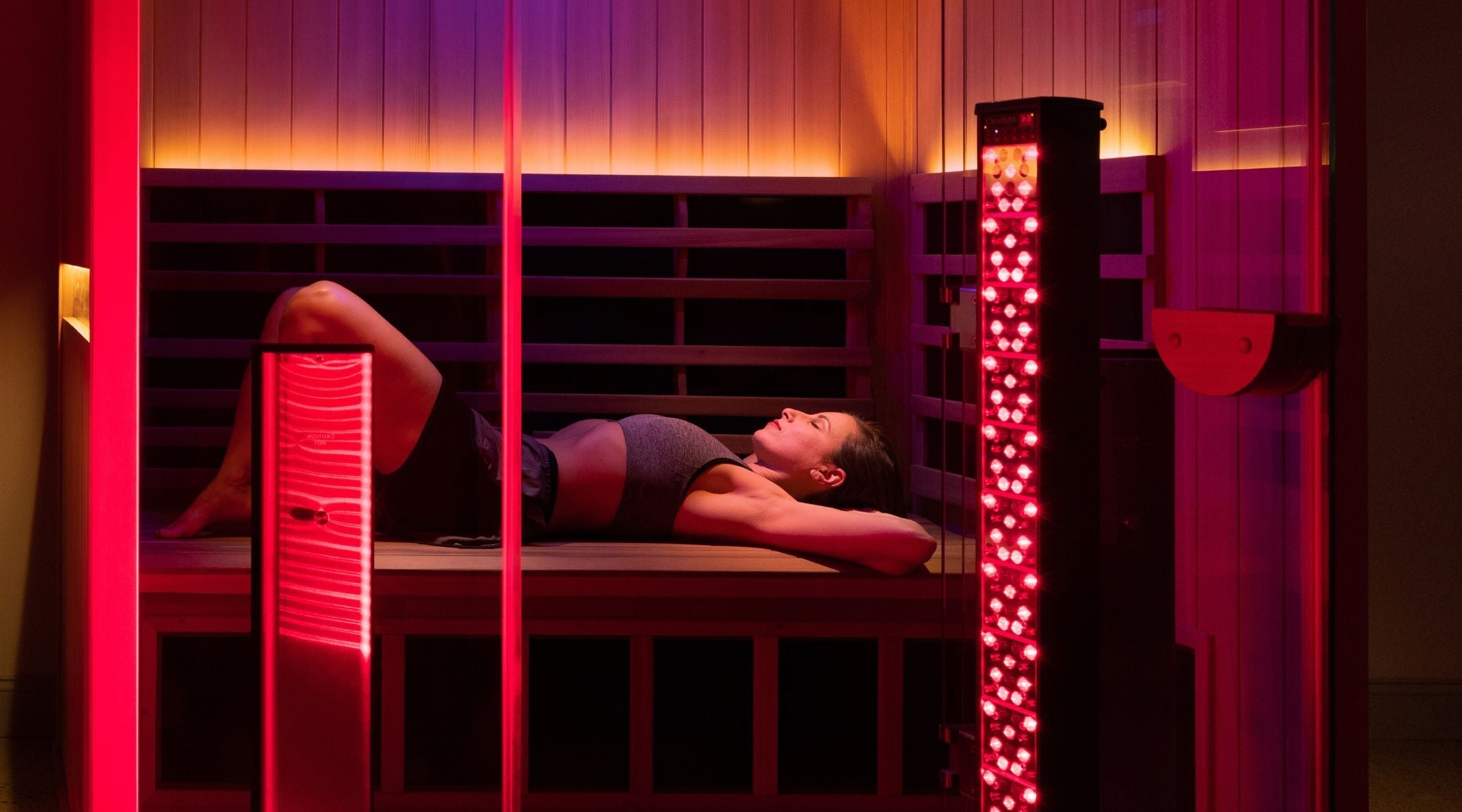
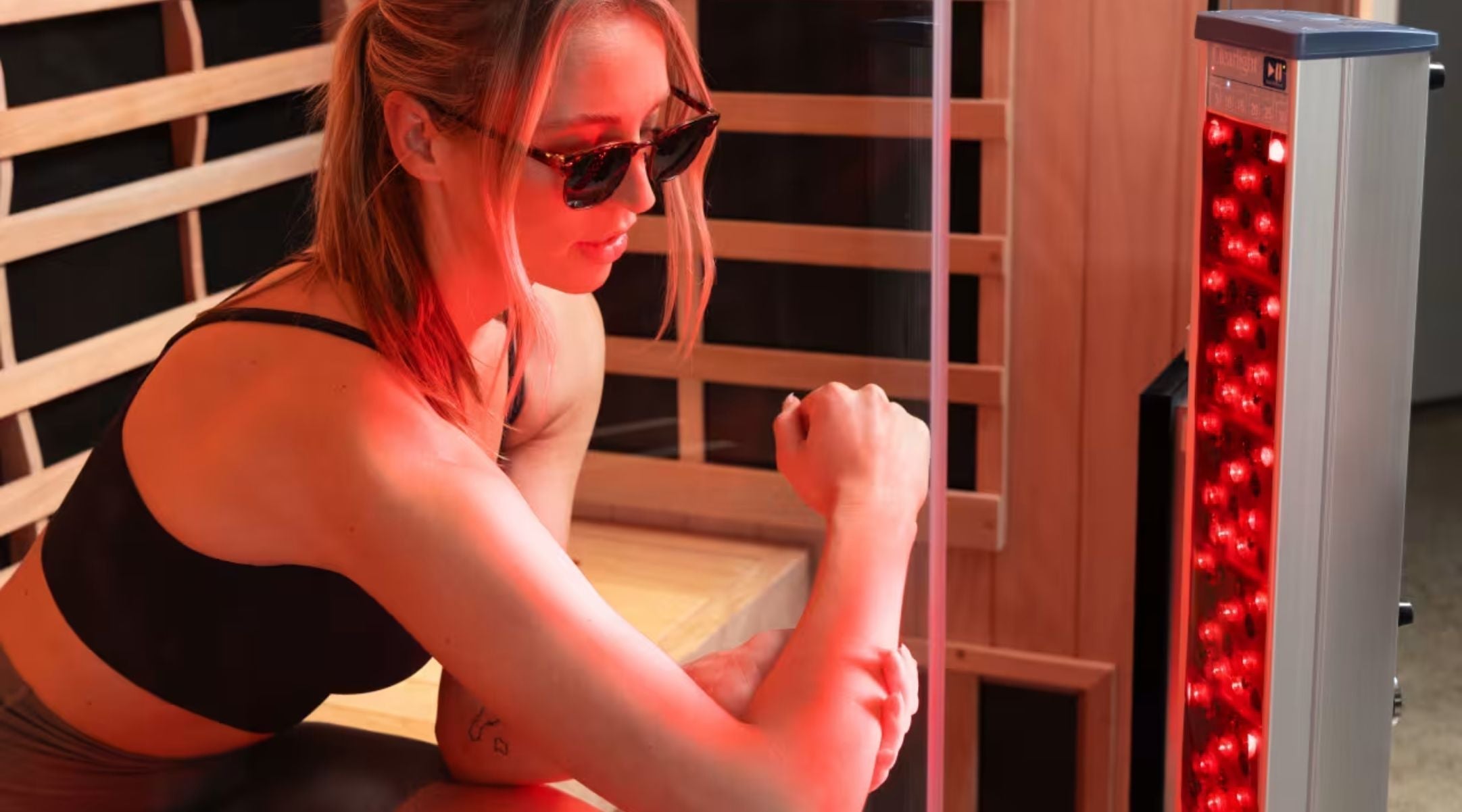

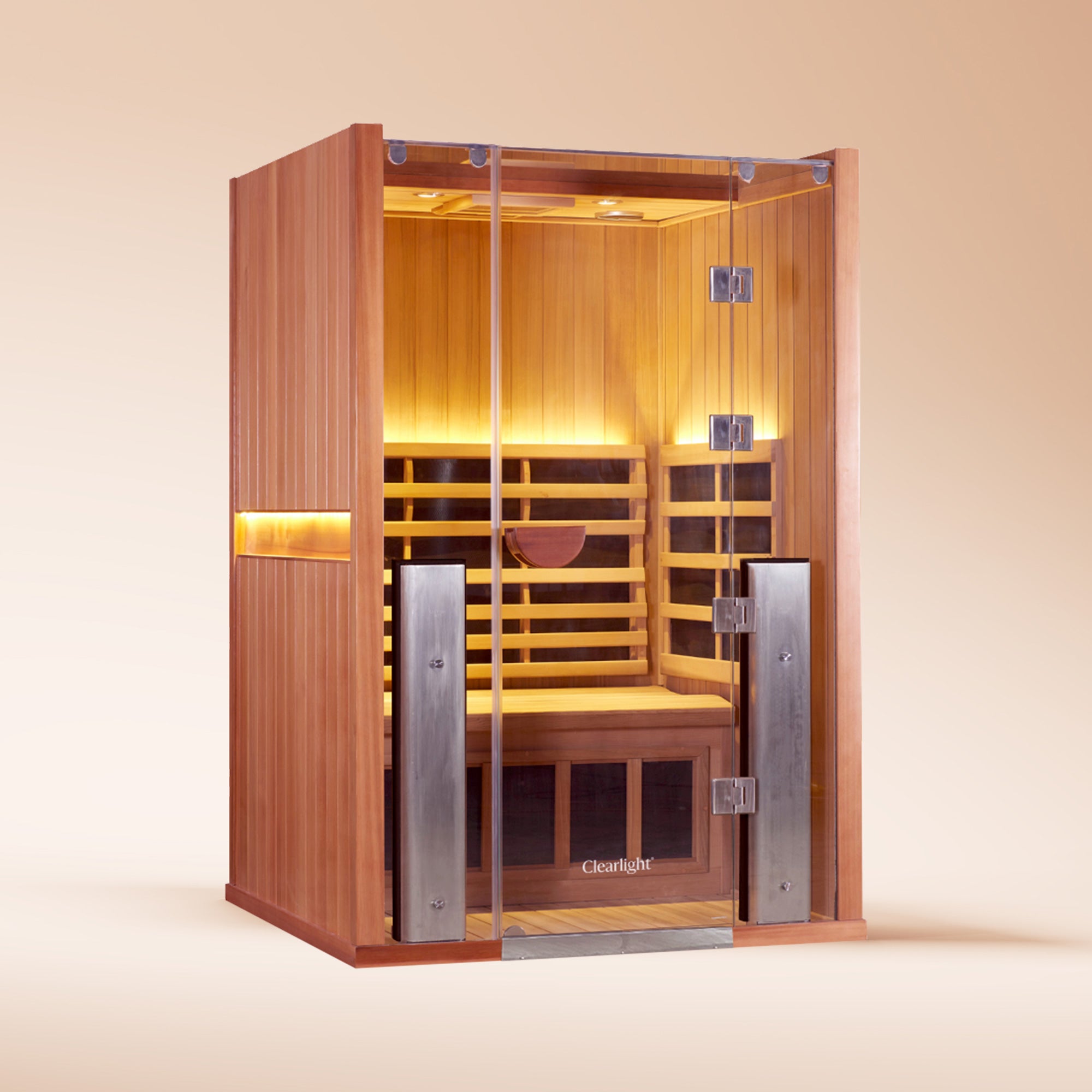

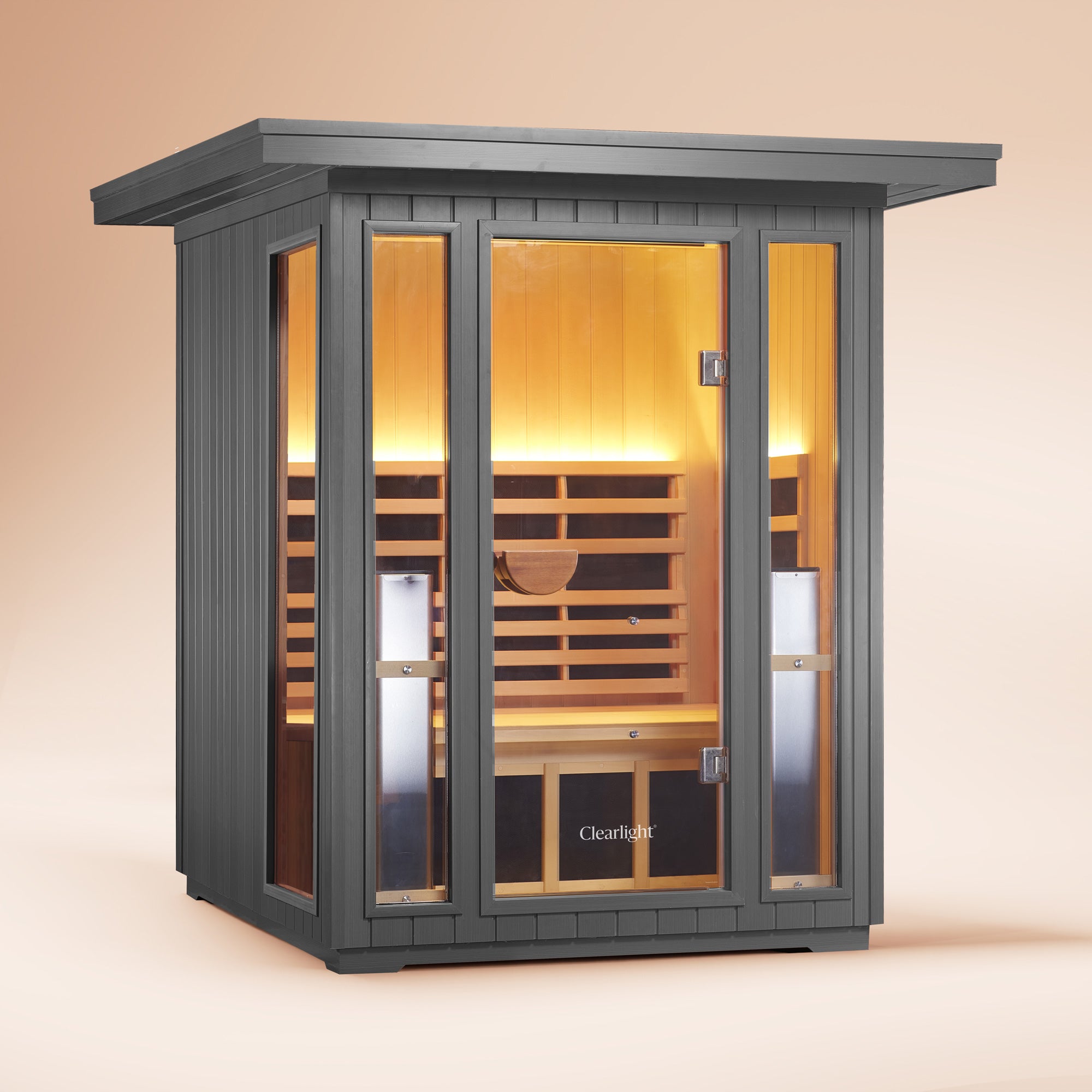

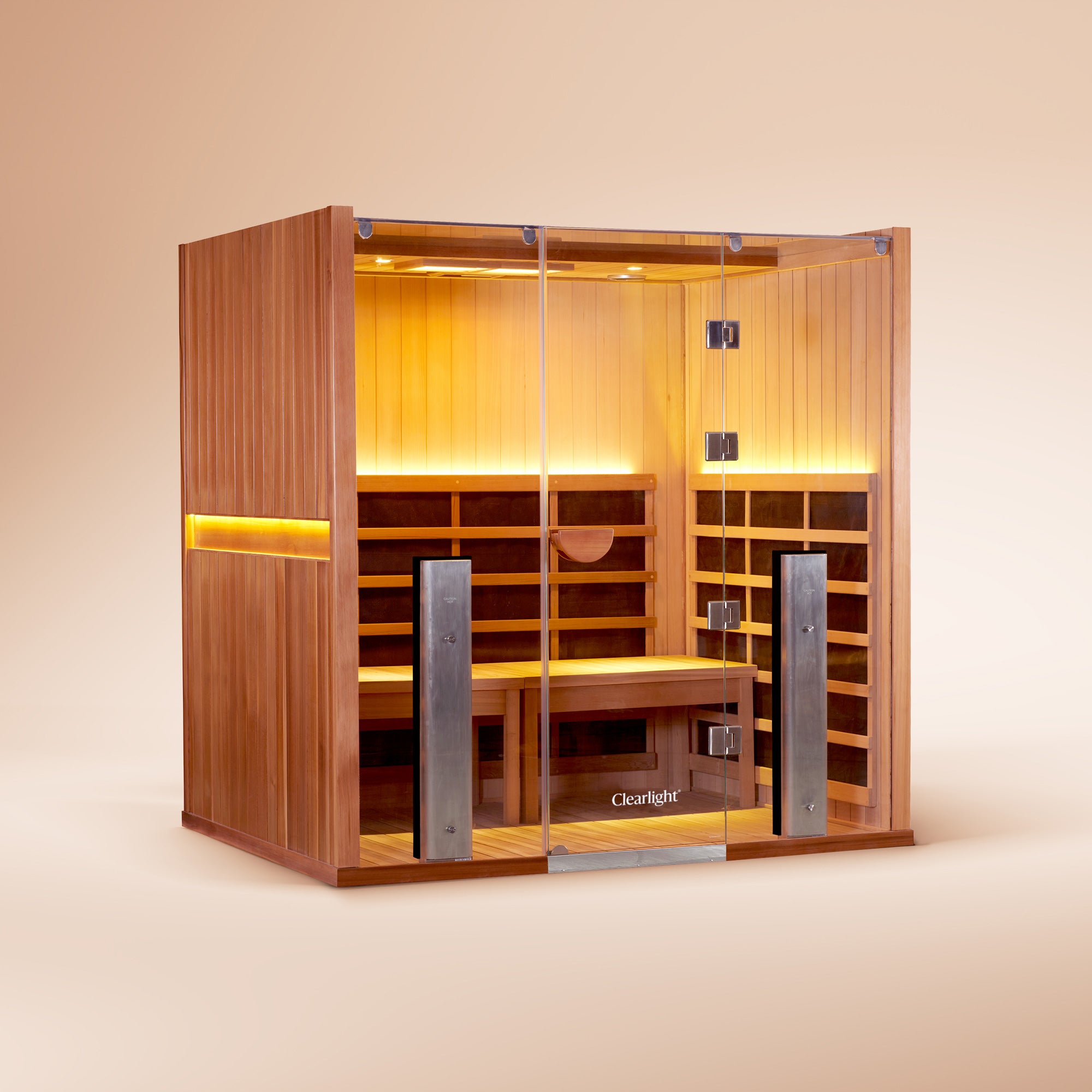
How Does Sauna Healing Work?
Using A Sauna For Back Pain: An Unexpected Match